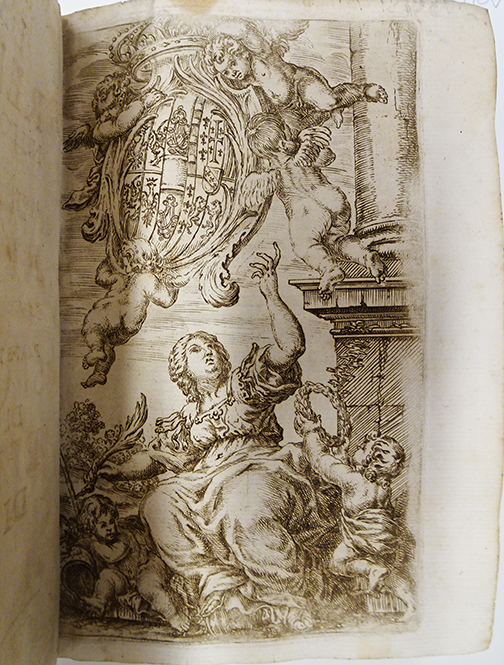

He is the author of The Illegal Architect (1998) and Actions of Architecture (2003) and editor of Occupying Architecture (1998) and Architecture – the Subject is Matter (2001) among others. Jonathan Hill is Professor of Architecture and Visual Theory and Director of the MPhil/PhD by Architectural Design programme at the Bartlett School of Architecture, University College London. In conclusion, Immaterial Architecture advocates an architecture that fuses the immaterial and the material, and considers its consequences, challenging preconceptions about architecture, its practice, purpose, matter and use. Users decide whether architecture is immaterial, but architects, and any other architectural producers, create material conditions in which that decision can be made. Focusing on immaterial architecture as the perceived absence of matter more than the actual absence of matter, Hill devises new means to explore the creativity of the user and the architect. The book discusses the pressures on architecture and the architectural profession to respectively be solid matter and solid practice, and considers concepts that align architecture with the immaterial, such as the superiority of ideas over matter, command of drawing, and design of spaces and surfaces. Immaterial Architecture explores the sometimes conflicting forces that draw architecture towards either the material or the immaterial. But Jonathan Hill, architect and architectural historian, argues that the immaterial is as important to architecture as the material and has as long a history. Bound to each other, the architectural and the material are considered inseparable. Immaterial architecture Architecture is expected to be solid, stable and reassuring – physically, socially and psychologically.


 0 kommentar(er)
0 kommentar(er)
